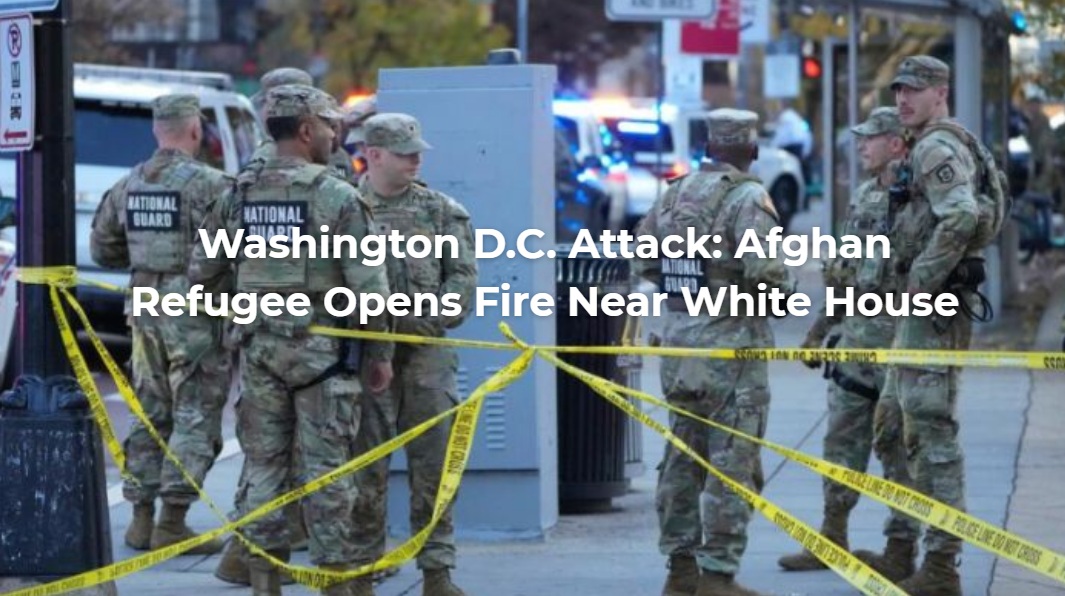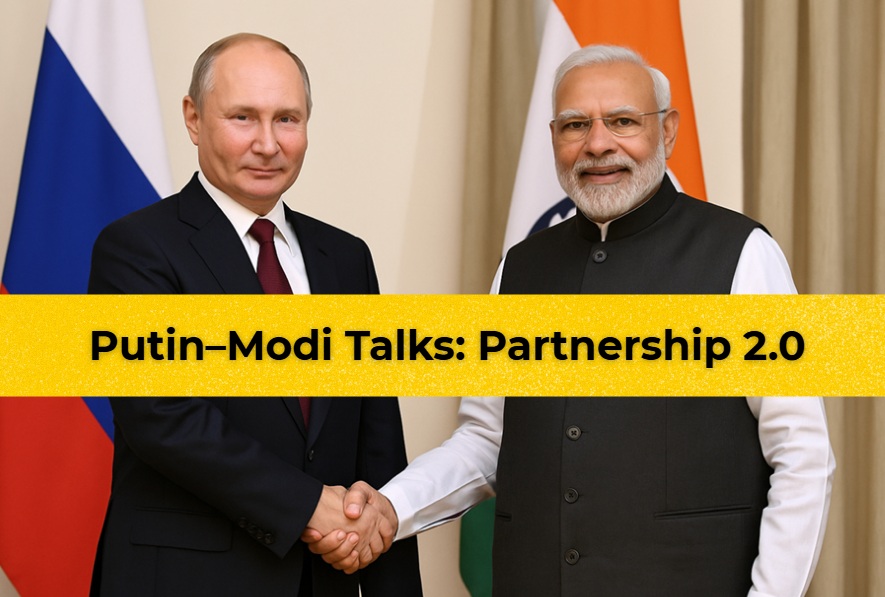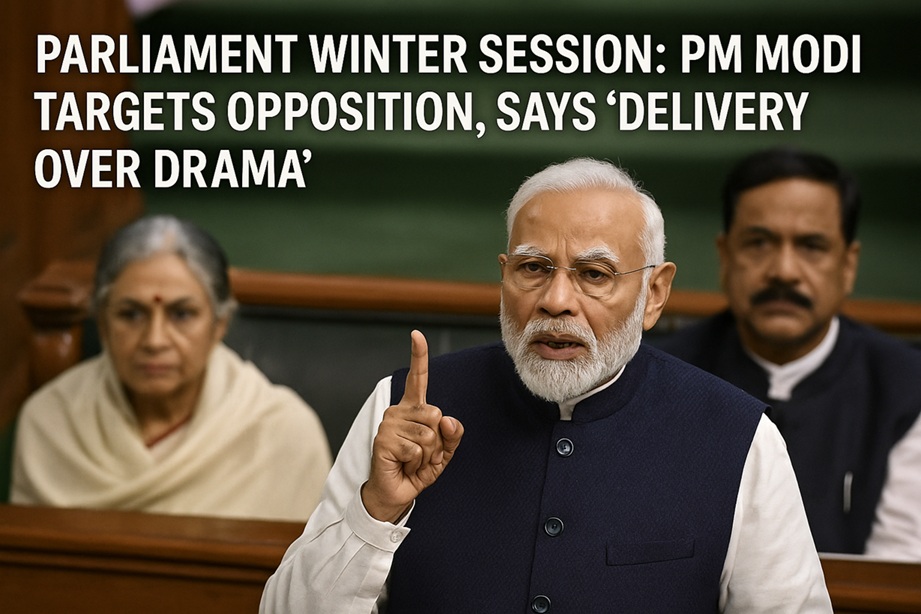Nepal, a nation that transitioned from a Hindu monarchy to a secular democracy in 2008, is witnessing a major political upheaval as pro-monarchy protests gain momentum. Thousands of people have taken to the streets in Kathmandu and other major cities, demanding the return of the monarchy and Nepal’s status as a Hindu nation. Chants of “Long live our beloved king!” and “Vacate the royal palace for the king!” echo through the streets, reflecting a deep-seated dissatisfaction with the current political system.
Background: The Abolition of the Monarchy
For centuries, Nepal was a Hindu kingdom ruled by a monarch, with King Gyanendra as the last reigning monarch before the abolition of the monarchy on May 28, 2008. The transition to democracy was marked by the end of a decade-long Maoist insurgency that left thousands dead. The monarchy was replaced with a federal democratic republic, a move that was seen as a step toward modern governance and political stability. However, nearly two decades later, growing frustration over corruption, political instability, and economic decline has led to widespread discontent, prompting a resurgence of support for the monarchy.
Why Are People Protesting?
The pro-monarchy movement is driven by several factors:
1. Political Instability
Since the fall of the monarchy, Nepal has seen frequent changes in government. Over the past 17 years, the country has had 13 to 14 different prime ministers, creating a sense of instability and lack of continuity in governance. Many citizens feel that this constant political turmoil has hindered economic growth and development.
2. Corruption and Governance Issues
Protesters accuse Nepal’s political leaders of rampant corruption and mismanagement. They argue that politicians have failed to deliver basic services, infrastructure, and economic opportunities. Many believe that the monarchy provided a more stable and efficient system of governance compared to the current democratic model, which they see as chaotic and ineffective.
3. Economic Decline and Unemployment
Nepal’s economy has struggled in recent years, with high unemployment rates forcing many young Nepalese to migrate to other countries in search of better opportunities. The lack of industrial development, poor infrastructure, and political instability have deterred foreign investments, leading to further economic stagnation.
4. Religious and Cultural Identity
A significant section of Nepal’s population believes that the move to secularism has diluted the country’s Hindu identity. Many protesters argue that Nepal, as the world’s only Hindu kingdom before 2008, should restore its religious and cultural roots. Hindu nationalist organizations have been actively pushing for this agenda, drawing comparisons to India’s growing Hindu nationalist movement under Prime Minister Narendra Modi.
The Role of Foreign Influence
Many pro-monarchy supporters believe that Nepal’s democratic transition was heavily influenced by foreign powers, particularly China and Western nations. They claim that leftist and Maoist factions, which played a key role in the abolition of the monarchy, were supported by external forces to weaken Nepal’s traditional governance structure. Accusations have also been made that Chinese influence has grown significantly in Nepal, with China allegedly backing political leaders aligned with its strategic interests.
Key Figures in the Movement
Several political and religious leaders have emerged at the forefront of the pro-monarchy movement:
Rajendra Lingden and Kamal Thapa, leaders of the Rashtriya Prajatantra Party (RPP), have been vocal about restoring the monarchy and Nepal’s Hindu identity.
Durga Prasai, a businessman and political activist, has also played a key role in organizing mass rallies in support of King Gyanendra.
Various Hindu religious leaders and organizations have also joined the movement, emphasizing the importance of reinstating Nepal’s Hindu status.
Government Response
The Nepalese government has responded to the protests with a mix of crackdowns and diplomatic measures. While authorities have allowed peaceful demonstrations, there have been reports of police using force to disperse crowds in certain areas. The ruling parties have dismissed the demands for reinstating the monarchy, labeling the protests as an attempt to destabilize the country. However, they acknowledge the growing discontent and have promised to address public grievances through governance reforms.
What Lies Ahead?
Nepal is at a crossroads, facing a crucial decision about its future political structure. The growing pro-monarchy sentiment suggests that a significant portion of the population is dissatisfied with the current system. Whether this movement will lead to a referendum, constitutional amendments, or a complete shift back to monarchy remains uncertain.
Analysts suggest that if the government fails to address the concerns of the people—especially issues related to corruption, economic instability, and national identity—the demand for the return of the monarchy will continue to grow. As the world watches closely, Nepal’s political landscape is set for a major transformation in the coming years.
The resurgence of the pro-monarchy movement in Nepal is a reflection of widespread frustration with democracy’s shortcomings in the country. While some see the monarchy as a solution to Nepal’s instability, others argue that democracy needs time to mature. As protests continue to gain traction, the Nepalese government faces mounting pressure to deliver meaningful reforms. The coming months will be critical in determining whether Nepal will embrace its democratic path or revert to its royal past.






